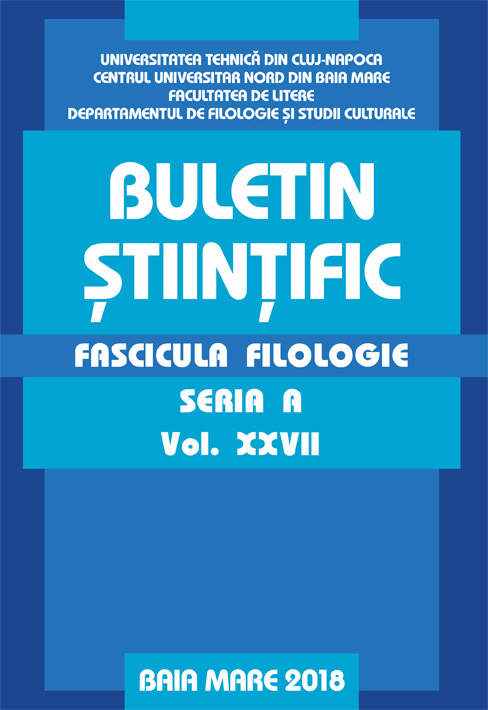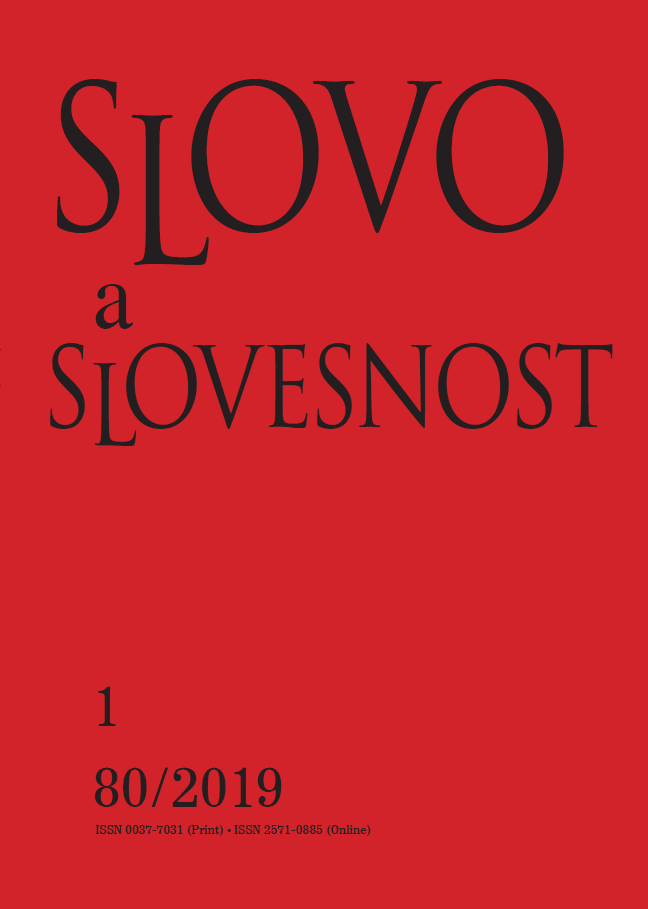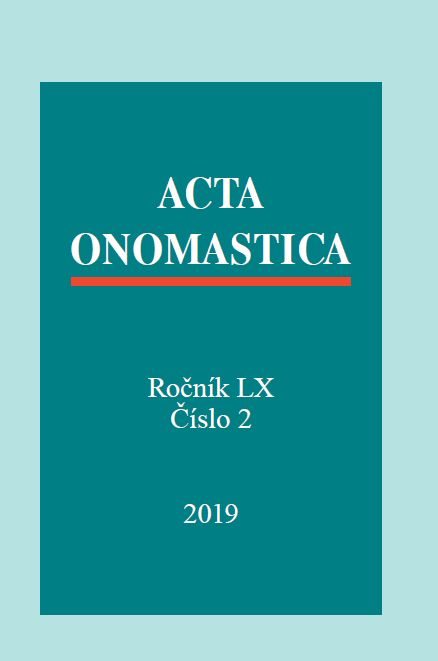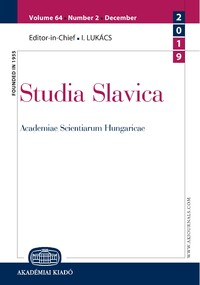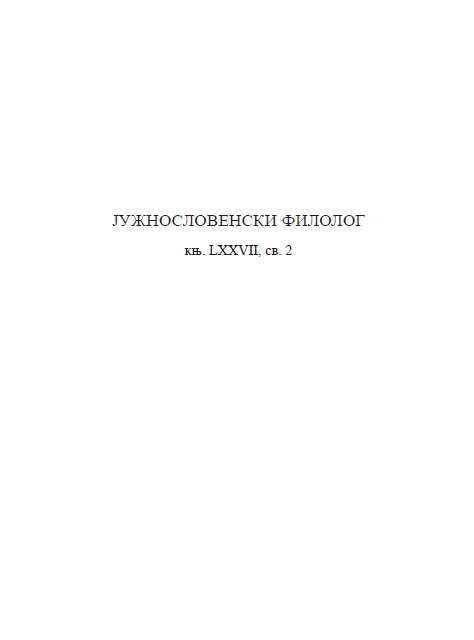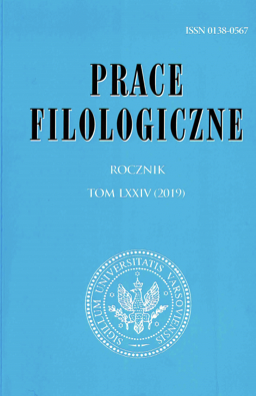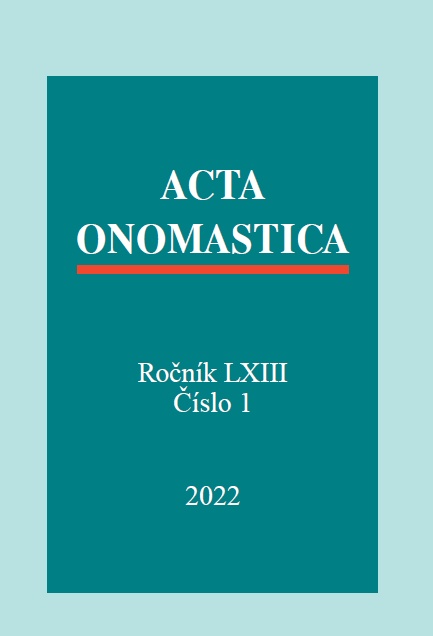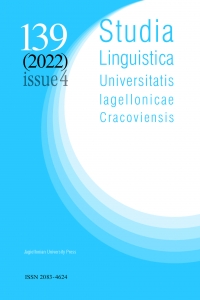
ŽODŽIŲ JUNGINIAI DVIKALBĖJE LEKSIKOGRAFIJOJE: VOKIEČIŲ–LIETUVIŲ KALBŲ ŽODYNO ANALIZĖ
Der vorliegende Aufsatz befasst sich dem Problem der Präsentation von Mehrwortverbindungen in den lexikographischen Werken am Beispiel des Großen deutsch–litauischen Wörterbuchs. Im theoretischen Teil werden die wichtigsten für eine systematische lexikographische und metalexikographische Beschreibung notwendigen Klassen von Wortverbindungen vorgestellt und auf die Schwierigkeiten einer exakten Abgrenzung einzelner Klassen hingewiesen. Eine für die lexikographische Beschreibung des Wortschatzes ausreichend differenzierte Gliederung der Mehrwortverbindungen muss auf der Benutzeroberfläche eines Printwörterbuchs nur insofern erkennbar sein, als sie die Grundlage für eine geordnete und systematische Präsentation von Mehrwortverbindungen bildet und so zum schnelleren Auffinden von benötigter sprachlicher Information verhilft. Vor diesem theoretischen Hintergrund wird auf die Probleme der Präsentation von Mehrwortverbindungen im Großen deutsch-litauischen Wörterbuch eingegangen. Dabei wird berücksichtigt, dass es sich hierbei um ein passives Wörterbuch, das zum Verständnis der deutschsprachigen Texte und deren Übersetzung dienen soll, handelt und die Präsentation von Mehrwortverbindungen dieser Wörterbuchausrichtung möglichst Rechnung tragen soll. Die Ergebnisse der Analyse des Wörterbuchmaterials zeigen, dass das Wörterbuch im Hinblick auf die Auswahl der Mehrwortverbindungen viel redundante Information bietet und Mehrwortverbindungen präsentiert, deren litauisches Äquivalent sich aus der Übersetzung der einzelnen Bestandteile ohne größere Schwierigkeiten herleitet. Bei einem Teil solcher Mehrwortverbindungen kann ihre Anführung im Wörterbuch allerdings durch das Bestehen bedeutender auf sprachlicher Konvention oder strukturellen Differenzen zwischen den Sprachen beruhender Unterschiede zwischen einer deutschen Mehrwortverbindung und ihrer litauischen Entsprechung gerechtfertigt werden. Die Untersuchung der Präsentation der Mehrwortverbindungen im Wörterbuchartikel hat einige Mängel in der Systematik zutage gefördert, die vor allem die Präsentation der idiomatischen Ausdrücke betrifft. Bei der Wörterbuchsstruktur lässt sich vor allem ihre Uneinheitlichkeit bemängeln, wobei gleichwertige oder gleich strukturierte Mehrwortverbindungen unter jeweils verschiedenen Kriterien eingeordnet werden und eine systematische Suche dadurch erschwert wird.
More...
